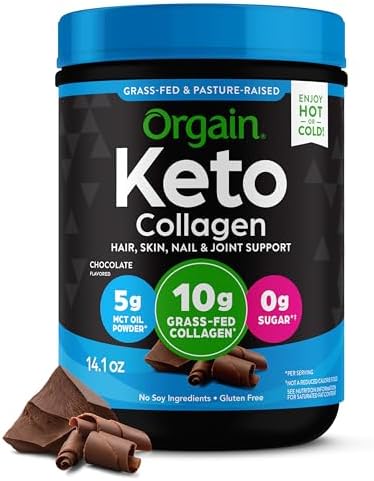Your Ultimate Guide to the Best Keto Diet Food List for Healthy Weight Loss
This post may contain affiliate links. If you purchase through these links, I may earn a small commission at no extra cost to you. LEARN MORE.
Are you interested in losing weight and improving your overall health? The keto diet might be the answer you’ve been looking for. But what exactly does it entail, and how do you get started? Look no further – this ultimate guide to the best keto diet food list will provide you with all the information you need.
The keto diet, short for ketogenic diet, is a low-carb and high-fat eating plan that has gained immense popularity in recent years. By drastically reducing your carbohydrate intake and increasing your fat intake, your body enters a state of ketosis. This metabolic process helps your body burn stored fat for fuel instead of carbohydrates, resulting in weight loss.
In this comprehensive guide, we will walk you through the best food options for a successful keto diet. We will explore a variety of delicious and nutrient-dense foods that you can enjoy while on this diet. From healthy protein sources to low-carb vegetables and fats, we have you covered.
Embark on your keto journey with confidence and discover the best foods to support your weight loss goals. Say hello to a healthier, happier you with our ultimate guide to the best keto diet food list.
Understanding the Basics of the Keto Diet
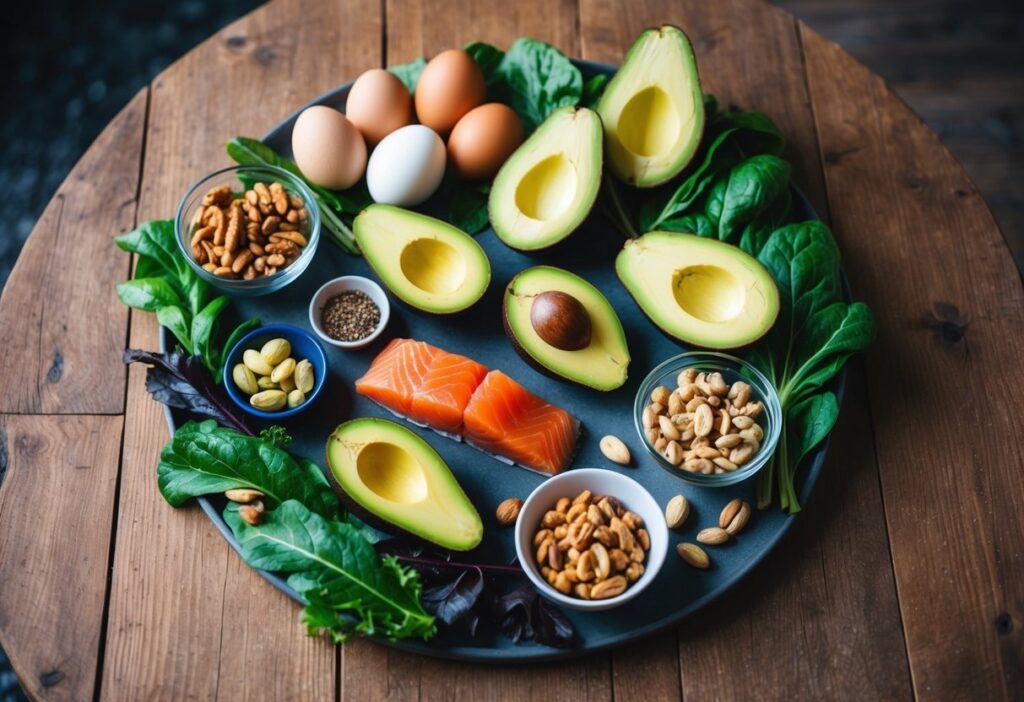
The ketogenic diet, commonly referred to as the keto diet, is fundamentally centered around the concept of drastically reducing carbohydrate intake while significantly increasing fat consumption. This unique dietary approach aims to shift the body’s primary energy source from glucose, derived from carbohydrates, to ketones, which are produced from fats. By doing so, the body enters a metabolic state called ketosis, where it becomes remarkably efficient in burning fat for energy. Understanding this foundational principle is key to successfully navigating the keto lifestyle and achieving your weight loss goals.
In a typical ketogenic diet, the macronutrient breakdown is usually around 70% fats, 25% proteins, and only about 5% carbohydrates. This stark contrast to traditional diets, which often emphasize higher carbohydrate consumption, can be quite a shift for many individuals. It’s essential to carefully monitor your macronutrient intake to maintain this balance and ensure that your body remains in ketosis. The initial phase of adapting to this diet can be challenging, often referred to as the “keto flu,” as your body adjusts to utilizing fat for fuel instead of carbs.
Ultimately, the keto diet is not just another fad; it is a lifestyle change that encourages greater awareness of the foods you consume. By focusing on whole, nutrient-dense foods, you can not only lose weight but also improve your overall health. Whether you are a seasoned dieter or just exploring new dietary options, understanding the basics of the keto diet is crucial for long-term success and well-being.
Benefits of the Keto Diet for Weight Loss
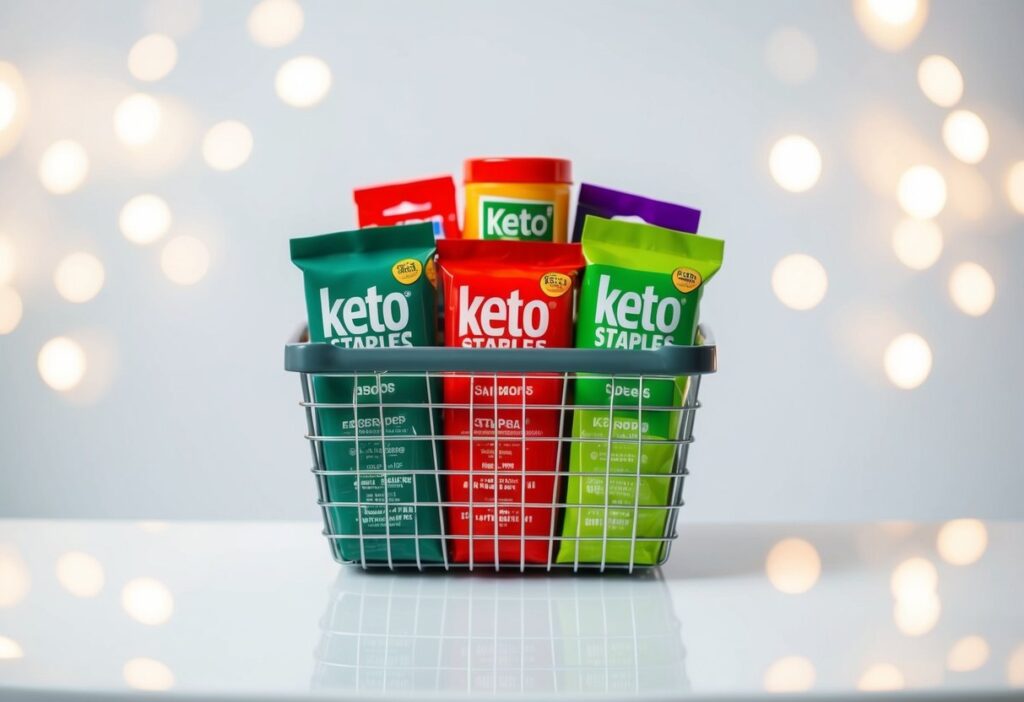
One of the primary reasons individuals are drawn to the ketogenic diet is its proven effectiveness for weight loss. Research has consistently shown that people following a keto diet can lose weight more rapidly than those adhering to low-fat diets. This rapid weight loss can often be attributed to the body’s ability to burn fat more efficiently once it enters ketosis. Moreover, the satiating nature of fats and proteins means that many individuals report feeling fuller for longer periods, which can help reduce overall calorie intake.
In addition to weight loss, the keto diet has been linked to various other health benefits. For example, it may help improve insulin sensitivity, making it particularly beneficial for those with type 2 diabetes or metabolic syndrome. By stabilizing blood sugar levels, the keto diet can lead to reduced cravings and a more consistent energy level throughout the day. Furthermore, some studies suggest that ketogenic diets may even support brain health, potentially reducing the risk of neurodegenerative diseases.
Another significant advantage is the convenience of meal options. With the focus on high-fat, low-carb foods, many people find it easier to prepare meals that are satisfying and nourishing. This approach can lead to a healthier relationship with food, as individuals start to prioritize quality over quantity. Not only does this contribute to weight loss, but it also fosters a lifestyle that encourages mindful eating habits, ultimately benefiting your overall health and wellness.
Essential Macronutrients for the Keto Diet
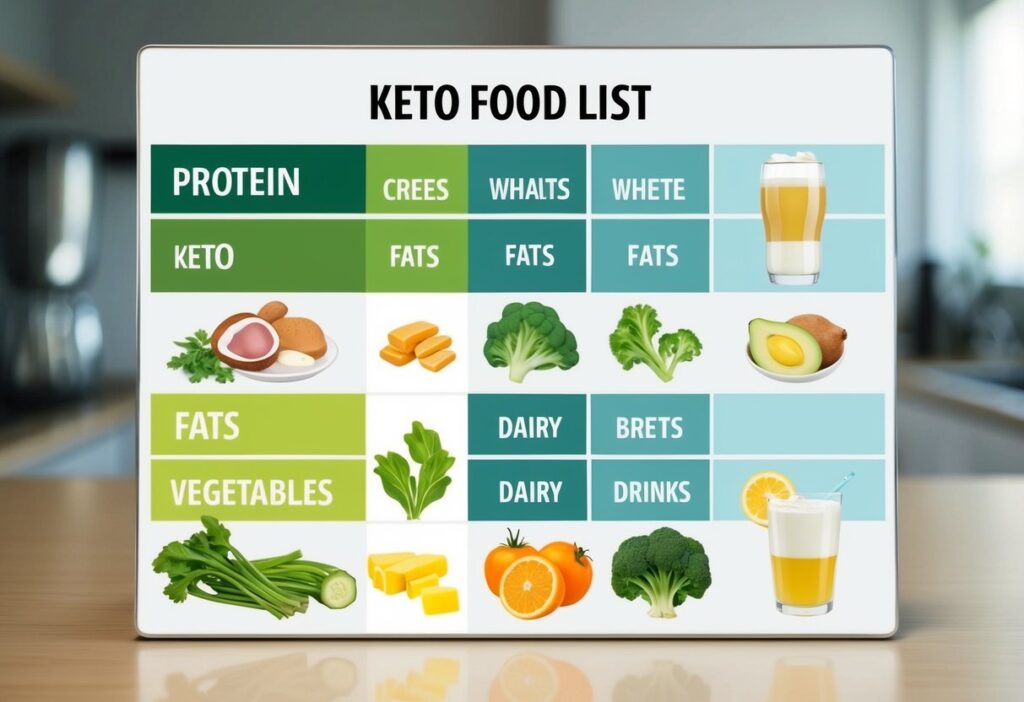
Understanding the essential macronutrients—fats, proteins, and carbohydrates—is vital for anyone embarking on a ketogenic diet. As previously mentioned, the keto diet heavily emphasizes fats, which should constitute the majority of your daily caloric intake. Healthy fats can come from sources such as avocados, olive oil, nuts, and fatty fish. Incorporating these fats into your meals not only provides energy but also supports essential bodily functions, including hormone regulation and cell membrane health.
Proteins are another crucial component of the ketogenic diet. While they should make up a smaller portion of your macronutrient intake, protein is essential for muscle repair and overall body function. High-quality protein sources, including grass-fed meats, eggs, and dairy products, should be prioritized. It’s important to strike a balance, as excessive protein can be converted into glucose through gluconeogenesis, potentially disrupting ketosis. Therefore, moderation is key when it comes to protein intake on the keto diet.
Lastly, carbohydrates are the macronutrient you will be limiting the most on a ketogenic diet. Ideally, you should aim for around 20 to 50 grams of net carbs per day, focusing on low-carb vegetables and avoiding high-sugar foods. This significant reduction in carbs helps your body transition into ketosis, where fat becomes the primary fuel source. Understanding how to balance these macronutrients effectively can lead to successful weight loss and improved health outcomes while following the keto diet.
The Best Foods to Include into Your Keto Diet Food List
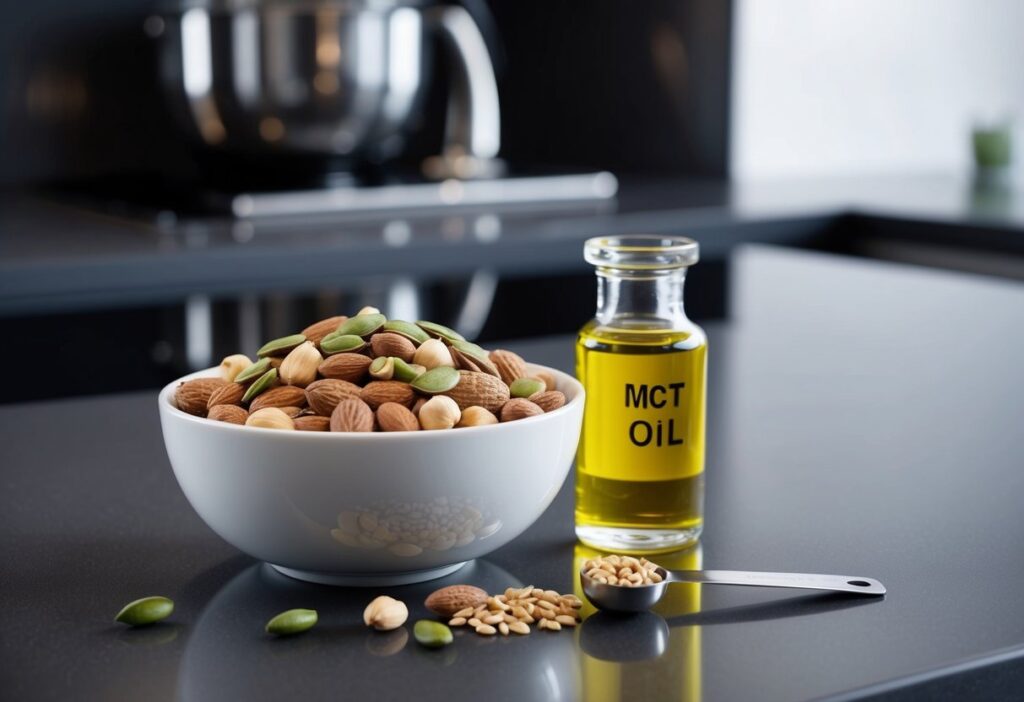
When embarking on a ketogenic diet, it’s essential to stock your kitchen with the right foods that will support your weight loss efforts while keeping your meals enjoyable. One of the best food categories to include in your keto diet is healthy fats. Foods such as avocados, olive oil, coconut oil, and nut butters provide essential fatty acids and contribute to satiety. These fats are not only delicious but also versatile, allowing you to incorporate them into various dishes without feeling deprived.
In addition to healthy fats, high-quality protein sources are crucial. Options like grass-fed beef, pasture-raised chicken, eggs, and fatty fish such as salmon are excellent choices. These protein-rich foods help maintain muscle mass during weight loss and provide essential nutrients. Incorporating a variety of protein sources can also prevent meal fatigue, ensuring that your diet remains exciting and satisfying.
Low-carb vegetables should also be a mainstay in your keto meal plan. Leafy greens like spinach and kale, cruciferous vegetables such as broccoli and cauliflower, and other low-carb options like zucchini and bell peppers are packed with vitamins and minerals. These vegetables not only add volume to your meals without significantly increasing carb intake, but they also provide essential fiber that supports digestive health. By focusing on these food groups, you can create balanced, delicious meals that align with your ketogenic lifestyle.
Foods to Avoid on the Keto Diet

While there are plenty of delicious foods to enjoy on a ketogenic diet, there are also several categories of foods that you should avoid to maintain ketosis and support your weight loss journey. The most obvious culprits are high-carbohydrate foods, which can quickly derail your efforts. This includes bread, pasta, rice, and most grains, as they are rich in carbohydrates and can spike your blood sugar levels. Even whole grains, often touted as healthy, should be limited or eliminated while following a strict keto regimen.
Sugary foods are another significant category to avoid. This includes not only obvious sweets like candy and desserts but also hidden sugars found in sauces, dressings, and processed foods. Always check labels for added sugars, as they can add up quickly and impact your ability to remain in ketosis. Additionally, many fruits are high in sugar and should be limited; opting for low-sugar fruits like berries in moderation is a better choice.
Lastly, it’s essential to be cautious with certain types of beverages. Sugary drinks, including sodas, fruit juices, and even some alcoholic beverages, can contain high amounts of carbohydrates that will sabotage your keto efforts. Instead, focus on hydrating with water, herbal teas, or black coffee. By eliminating these high-carb foods and beverages from your diet, you will create a more favorable environment for weight loss and overall health while on the keto diet.
Meal Planning and Prepping for the Keto Diet

Effective meal planning and preparation are vital to the success of a ketogenic diet. By taking the time to plan your meals ahead of time, you can ensure that you have access to keto-friendly options throughout the week, reducing the temptation to reach for non-compliant foods. Start by creating a weekly menu that outlines your breakfast, lunch, dinner, and snacks, focusing on incorporating a variety of healthy fats, quality proteins, and low-carb vegetables.
When meal prepping, it’s helpful to batch-cook certain components of your meals. For instance, you can prepare a large batch of grilled chicken, roast a tray of low-carb vegetables, or make a keto-friendly salad dressing to use throughout the week. Portioning out these components into containers makes it easy to grab a meal or assemble a dish quickly, saving you time and effort during busy days. This strategy not only simplifies your cooking process but also helps you stay on track with your dietary goals.
Additionally, consider utilizing freezer-friendly recipes that can be made in larger quantities and stored for future meals. Soups, stews, and casseroles often freeze well and can be easily reheated, providing you with convenient options when you’re short on time. By establishing a solid meal planning and prepping routine, you can ensure that you remain committed to your keto diet, making healthy eating both enjoyable and sustainable.
Keto-Friendly Recipes and Meal Ideas
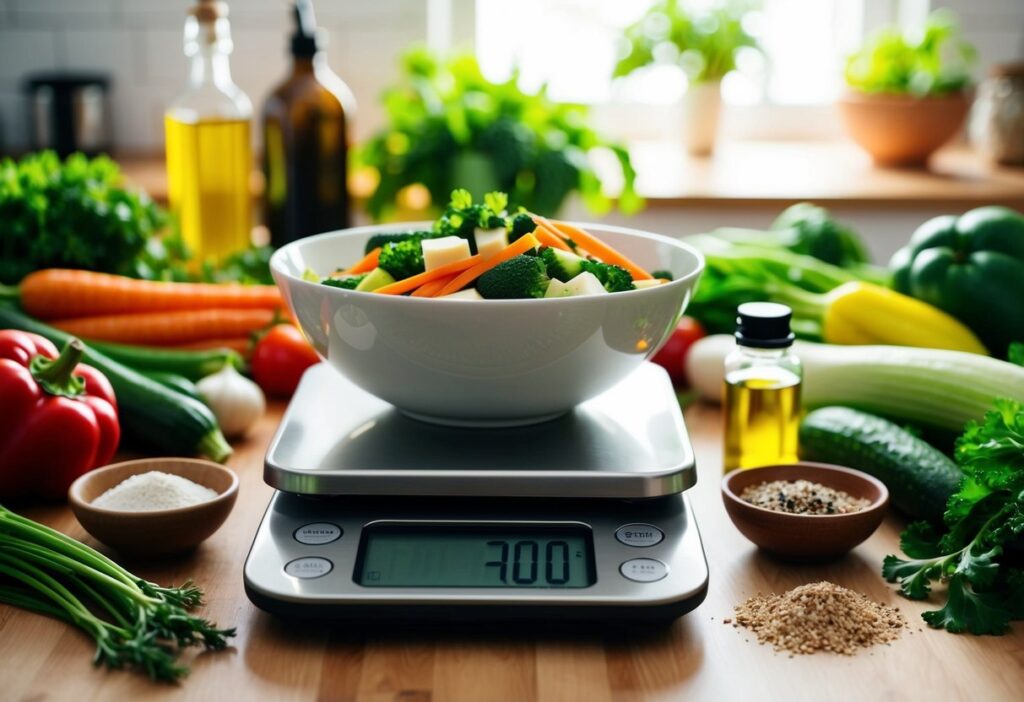
Exploring delicious keto-friendly recipes can make your journey on the ketogenic diet both inspiring and satisfying. To start, a breakfast option that many enjoy is a classic avocado and egg dish. Simply slice an avocado in half, remove the pit, and crack an egg into the center. Bake it until the egg is set, and top with salt, pepper, and your choice of herbs. This meal is not only packed with healthy fats and protein but is also quick and easy to prepare.
For lunch, consider a zesty chicken salad. Combine shredded rotisserie chicken with chopped celery, diced pickles, and a generous dollop of mayonnaise. Add in some mustard for extra flavor and serve it over a bed of greens or in lettuce wraps. This dish is rich in protein and healthy fats, making it an ideal choice for maintaining energy levels throughout the day.
Dinner can be both indulgent and keto-friendly with a creamy garlic butter shrimp dish served over zucchini noodles. Sauté shrimp in butter and garlic, toss in some heavy cream, and serve over spiralized zucchini. This flavorful meal offers a satisfying way to enjoy seafood while staying within your carb limits. Additionally, don’t forget to explore various keto dessert options, such as chocolate mousse made with heavy cream and cocoa powder, to satisfy your sweet tooth without compromising your diet.
Common Challenges and How to Overcome Them on the Keto Diet
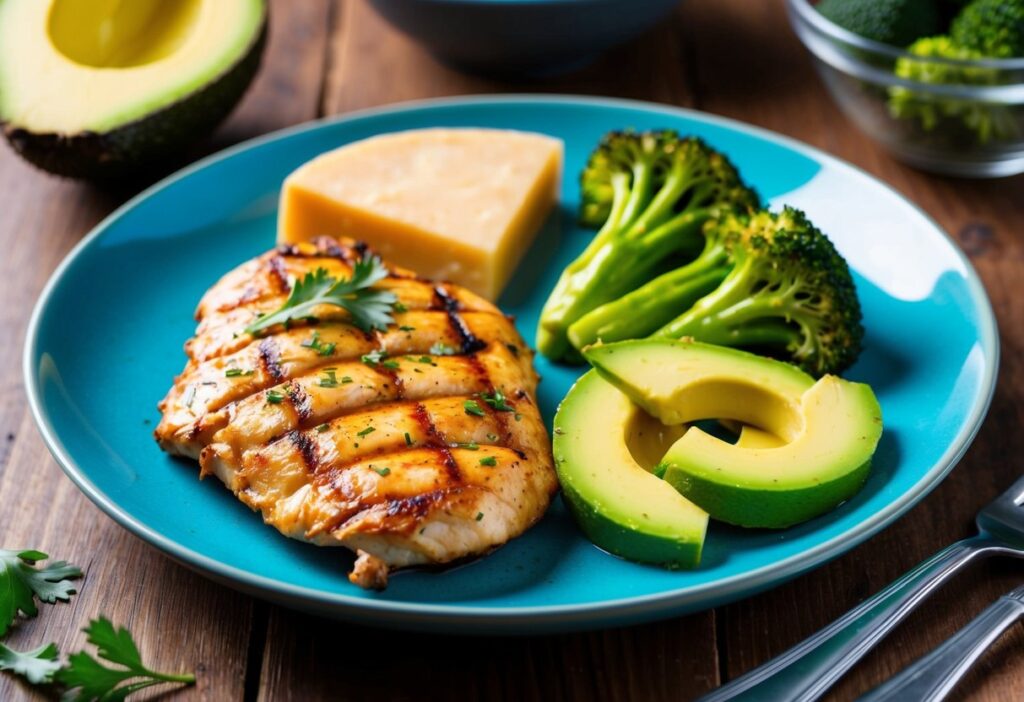
Embarking on the ketogenic diet can be exhilarating, but it is not without its challenges. One common hurdle many people face is the initial adjustment period, often referred to as the “keto flu.” This phase can include symptoms such as fatigue, headaches, and irritability as your body transitions from burning carbohydrates to burning fat. To mitigate these effects, it’s crucial to stay well-hydrated, maintain your electrolyte balance, and gradually decrease carbohydrate intake to allow your body to adjust more comfortably.
Another challenge is social situations and dining out. Many restaurants and gatherings center around carb-rich foods, making it difficult to find suitable options. One way to overcome this is by communicating your dietary preferences ahead of time or researching menus in advance. Additionally, consider bringing your own keto-friendly snacks to share at gatherings, ensuring that you have something delicious to enjoy while sticking to your dietary goals.
Lastly, meal fatigue can set in as you eat similar foods repeatedly. To combat this, explore a variety of recipes and flavors to keep your meals exciting. Experiment with different spices, cooking methods, and food pairings to discover new favorites. Incorporating seasonal ingredients can also provide variety and ensure that you enjoy a diverse range of nutrients. By facing these challenges head-on with practical strategies, you can maintain your commitment to the keto diet and enjoy the benefits it brings.
Conclusion and Final Thoughts
The ketogenic diet holds significant promise for those looking to lose weight and improve their overall health. By understanding the fundamentals of the diet, including the importance of macronutrients and the best foods to include, you can set yourself up for success. The benefits of weight loss, improved energy levels, and better blood sugar control make the keto diet an appealing option for many.
Meal planning and preparation play a crucial role in adhering to a ketogenic lifestyle, ensuring you have access to delicious, compliant foods at all times. By exploring a variety of recipes and being mindful of common challenges, you can navigate your keto journey with confidence and creativity. Remember, the goal is not just to lose weight but to embrace a healthier lifestyle that fosters better eating habits and overall well-being.
Ultimately, as you embark on your keto journey, remain patient and allow yourself the grace to adapt to this new way of eating. Celebrate your victories, no matter how small, and keep exploring the vast array of keto-friendly foods and recipes available. With dedication and a positive mindset, you can achieve your weight loss goals and enjoy the many rewards that come with a ketogenic lifestyle.


